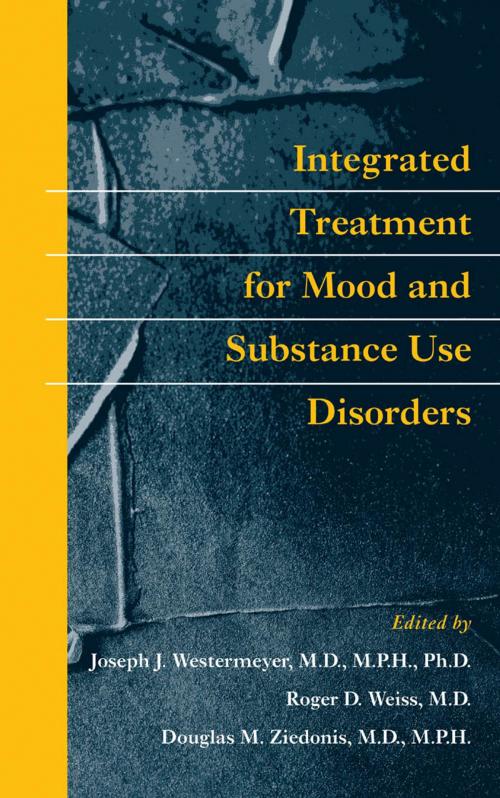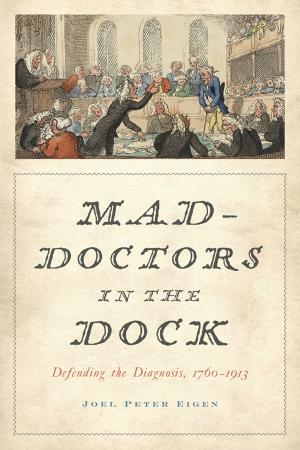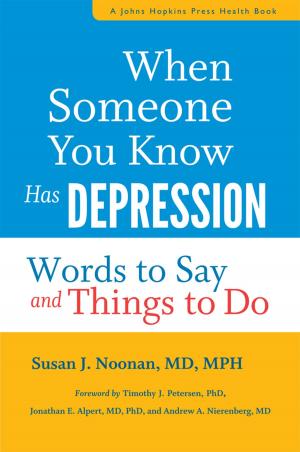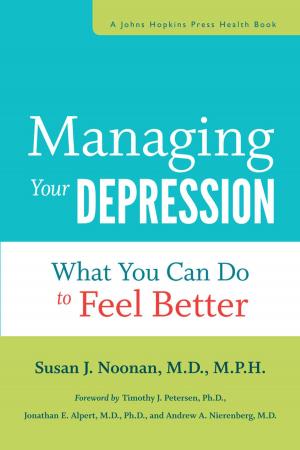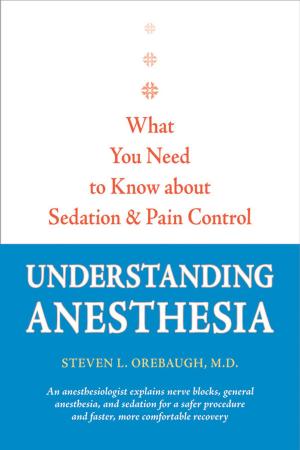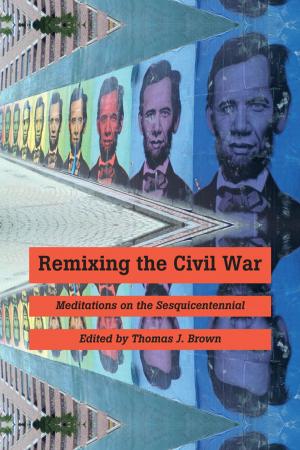Integrated Treatment for Mood and Substance Use Disorders
Nonfiction, Health & Well Being, Psychology| Author: | ISBN: | 9780801881282 | |
| Publisher: | Johns Hopkins University Press | Publication: | December 15, 2009 |
| Imprint: | Language: | English |
| Author: | |
| ISBN: | 9780801881282 |
| Publisher: | Johns Hopkins University Press |
| Publication: | December 15, 2009 |
| Imprint: | |
| Language: | English |
People with mood disorders often have simultaneous problems with addiction, and those with substance abuse problems are especially susceptible to mood disorder. The treatment of such patients can be particularly complicated, and many receive treatment for only one of their disorders.
In this book, fourteen clinicians discuss the extent of the problem, methods of assessment, typical courses, and treatments—including both psychotherapy and pharmacotherapy. They address the all-too-frequent necessity of proceeding with treatment before a clear diagnosis is known, and they claim that distinguishing between primary and secondary disorders is initially less critical than previously assumed. Contending that clinicians treating comorbid mood / substance problems must be both more flexible and more watchful than those treating either disorder alone, the authors also describe various models of care. Throughout the book, they provide differing points of view on such issues as the value of pharmacotherapy for those still abusing psychoactive substances. Written for those who treat addictions, including counselors, clergy, and employee assistance staff, as well as for traditional mental health professionals, Integrated Treatment for Mood and Substance Use Disorders is an invaluable reference for any clinician who works with dually diagnosed clients.
People with mood disorders often have simultaneous problems with addiction, and those with substance abuse problems are especially susceptible to mood disorder. The treatment of such patients can be particularly complicated, and many receive treatment for only one of their disorders.
In this book, fourteen clinicians discuss the extent of the problem, methods of assessment, typical courses, and treatments—including both psychotherapy and pharmacotherapy. They address the all-too-frequent necessity of proceeding with treatment before a clear diagnosis is known, and they claim that distinguishing between primary and secondary disorders is initially less critical than previously assumed. Contending that clinicians treating comorbid mood / substance problems must be both more flexible and more watchful than those treating either disorder alone, the authors also describe various models of care. Throughout the book, they provide differing points of view on such issues as the value of pharmacotherapy for those still abusing psychoactive substances. Written for those who treat addictions, including counselors, clergy, and employee assistance staff, as well as for traditional mental health professionals, Integrated Treatment for Mood and Substance Use Disorders is an invaluable reference for any clinician who works with dually diagnosed clients.
